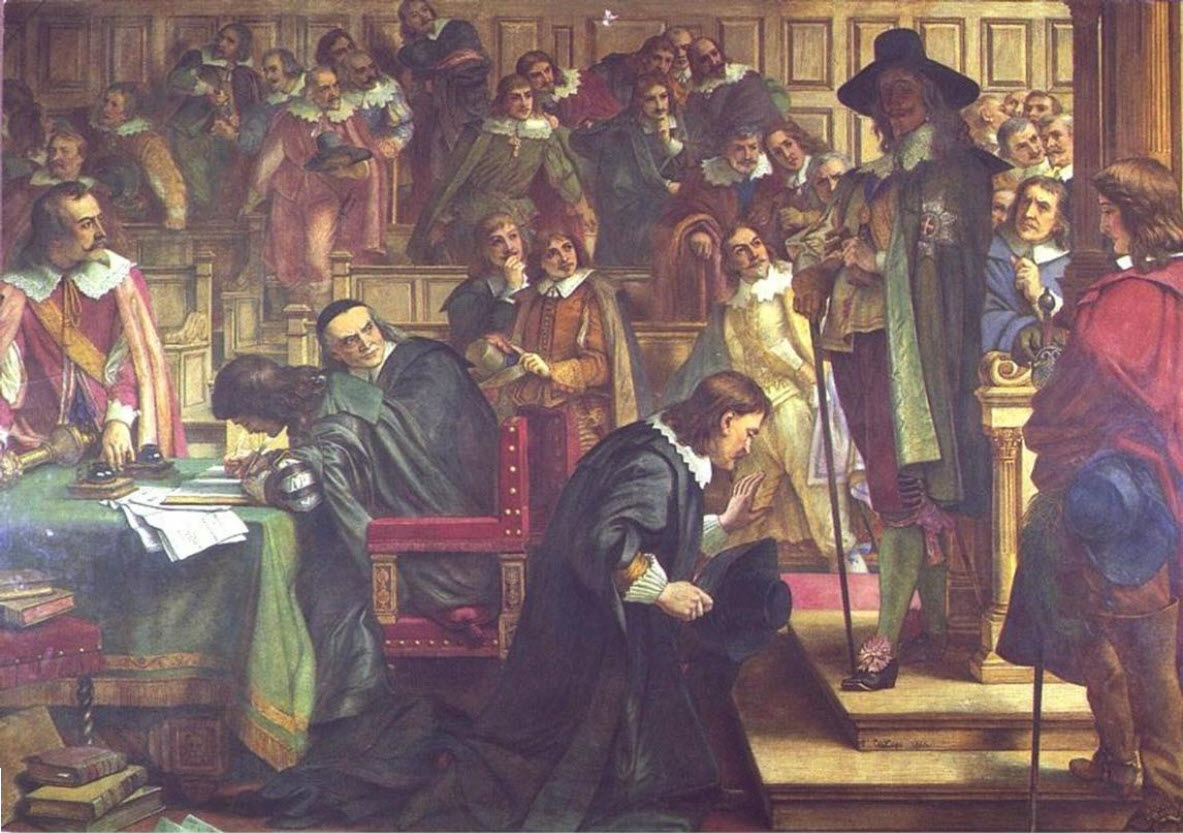The first appointment of an official to record the proceedings of Parliament was in 1363, in Britain. The Clerk who sits at the Table in British Columbia's Legislative Chamber follows that same profession today - maintaining the official record of what is done in the Legislative Assembly (not to be confused with the Hansard record of House proceedings).
The first Clerk Assistant, John Rushworth, was also one of the most notable. Appointed to the British House of Commons at Westminster in 1640, he recorded one of the most important events in the history of Parliament. On January 4, 1642, King Charles I of England stormed into the House of Commons and demanded the arrest of five Members. Speaker Lenthall gave his famous refusal to the King and established the Speaker as a servant of Parliament, not of the monarch.
Other Clerks of note include Sir Thomas Erskine May, Clerk of the British House of Commons in the late 1800s and author of what remains the definitive treatise on parliamentary practice in the Commonwealth. In Canada, John George Bourinot (Clerk of the House of Commons from 1880 to 1901) and Arthur Beauchesne (Clerk of the House of Commons from 1925 to 1949) each wrote similarly important books on parliamentary procedure.
The procedural authority of choice at the Legislative Assembly is Parliamentary Practice in British Columbia (Fifth Edition), edited by Kate Ryan-Lloyd, who is the current Clerk of the Legislative Assembly and on March 2, 2020, became the first woman in B.C. to hold this role.

